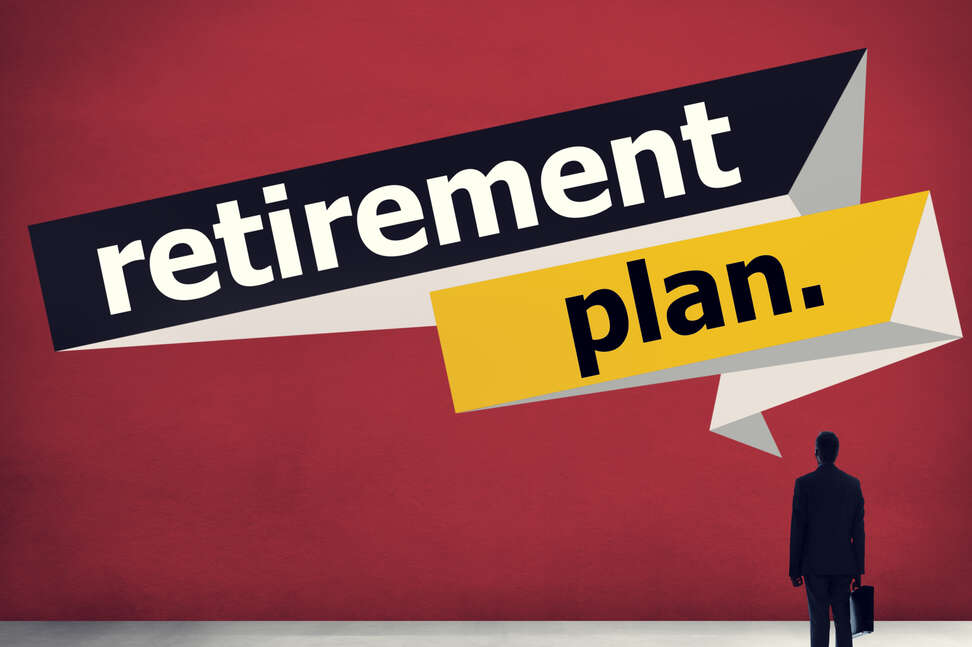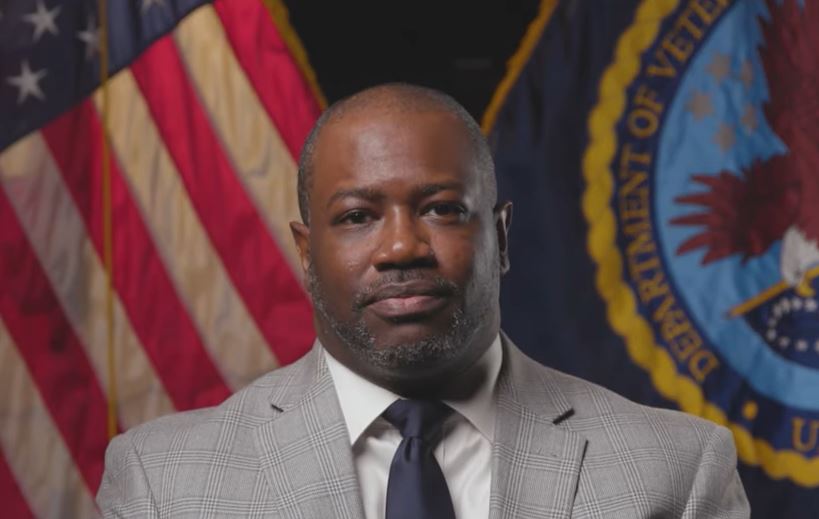
Retiring from the federal government isn’t rocket science. And for some people its even more complicated and baffling. So it helps to have a checklist to keep you on the right career path. Contrary to what many think, the actual target date of their retirement is just part of the equation. Important, of course, but only part of the package. Especially for federal and postal workers. Many federal agencies have (or had before COVID) classes for workers who are nearing retirement. Sometimes spouses are invited. Its one of those services where Uncle Sam does it better than most private companies.
The good news/bad news about the federal FERS retirement system is its flexibility. And complexity. But with a little help and planning based on understanding the FERS program, most people can figure out their options and provide the best retirement — for themselves and their families — possible. Help like a checklist.
So we checked with Abraham Grungold. He’s a recently retired USPS worker who left with a very, very healthy Thrift Savings Plan balance. He’s moved from part time to full-time financial coach. Many of his clients are federal feds and retirees. We asked what he advises his clients. Here are his seven factors to consider after submitting your FERS application:
Each year, approximately 50,000 federal employees decide to retire. The FERS retirement process begins with the completion of a comprehensive 14-page application. I suggest that you begin this application three to four months before your last day of employment.
Before you clean out your desk and attend your retirement party consider these seven important factors after your application has been submitted.
- Update your beneficiary designations for your TSP, FEGLI, and other benefits.
- Make sure you have sufficient funds to carry you through the interim payment period. This is when you only receive 70% of your FERS annuity. OPM may take up to six months or more to review your case and finalize your payment.
- Maintain a cash reserve. You may not receive your first interim payment immediately after retirement. It may take four to six weeks after your last day of employment.
- Make sure your dental, long term care, vision and other benefits do not lapse. OPM takes care of your FEHB during the interim payment period, but you need to pay your Long-Term Care until your annuity becomes finalized.
- Find something to do with your time. You are going from working 40 hours per week to zero. Keep active by creating a weekly schedule.
- Consider subscribing to AARP or NAFRE to keep up with the changing regulations that may affect your FERS retirement benefits and your TSP.
- This year, the TSP is offering many new investment options in order to retain their investors. Many companies and advisors will try and lure you away from the TSP. Ask about their custodial fees, investment advisory fees and transaction fees. Consider getting financial advice from someone you trust.
My clients have many questions regarding their FERS retirement and TSP. Each person has their own individual needs and fears. You need to prepare for the entire retirement journey, pre-retirement and post-retirement.
Nearly Useless Factoid
By David Thornton
The collar bone is the last bone to complete growth, at around age 25.







